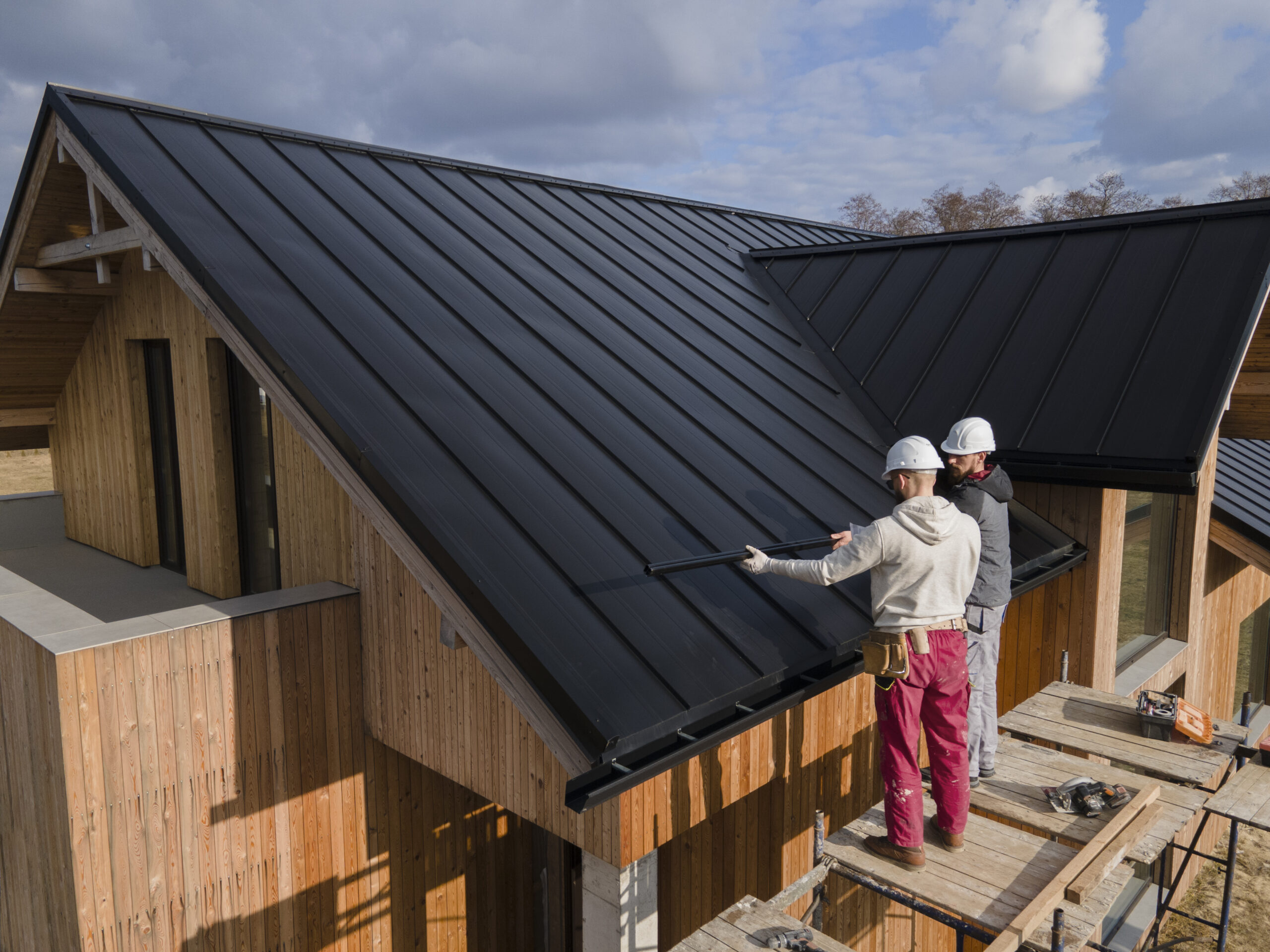
In Texas, roofs face more than just rain. They get hammered by scorching heat, heavy winds, hail, and the occasional freezing snap. With weather like this, a roof has to be more than just tough—it needs to be installed correctly from day one. A poorly installed roof may look fine at first, but the issues can surface fast. And when they do, the damage isn’t always minor.
Proper installation is the foundation for how long your roof will last and how well it will protect your home. It isn’t just about following a checklist. It’s about understanding materials, planning for the climate, and making sure every layer works together.
The Difference Between a Quick Fix and a Lasting Roof
When a roof is installed properly, every component—shingles, flashing, underlayment, ventilation—is placed to do a specific job. They all work together to keep out moisture, handle high winds, and regulate temperature. One misstep can disrupt that balance.
For example, if flashing isn’t sealed correctly around chimneys or vents, water will eventually find its way in. Even a minor error during installation can let water sneak beneath the surface, leading to wood rot, mold, or ceiling stains. Small mistakes often turn into expensive repairs.
Texas homes especially need roofs that are up to code and built to last. The intense sun can cause cheap materials to crack, while high humidity levels in some regions create an environment ripe for mold if moisture gets trapped. That’s why shortcuts or rushed jobs often lead to premature failure.
Protecting Your Investment
A new roof isn’t cheap. It’s a big investment—often one of the biggest maintenance costs a homeowner will face. That’s why the way it’s installed matters just as much as the materials chosen.
You can spend more for top-of-the-line shingles, but if they’re nailed down incorrectly or installed over an uneven surface, they won’t perform as advertised. Proper installation ensures that high-quality materials actually deliver the benefits they’re designed for—like energy efficiency, storm resistance, and extended warranties.
Many roofing product warranties are only valid if the roof was installed according to the manufacturer’s specifications. If the installer cuts corners, even unintentionally, the manufacturer may not honor the warranty later on. That means the homeowner pays out of pocket if something goes wrong.
A Roof Is More Than Just Shingles
It’s easy to think of a roof as a layer of shingles, but there’s a full system beneath that outer shell. First, there’s the decking, which forms the base. Then comes the underlayment, which helps block moisture. Next are the flashing elements, which seal vulnerable areas. Finally, the shingles or panels go on top.
Each part has a specific role. If any piece is skipped or installed the wrong way, it creates a weak link in the system. For instance, poor ventilation during installation can trap heat and moisture inside your attic. That can warp the roof deck or even cause ice dams during rare cold spells. Over time, trapped moisture can lead to mold growth, impacting your home’s air quality.
Texas Weather Adds Pressure
In Texas, where sudden storms and triple-digit heat are common, the margin for error is slim. Roofs here are under constant stress, and a well-installed roof gives homeowners peace of mind.
High winds can lift shingles that aren’t fastened properly. Heavy rain can find its way under loose flashing. Hail can cause cracks that, if not sealed correctly, open the door to water damage. A properly installed roof stands a much better chance of withstanding these events without needing immediate repairs.
Signs of a Poor Installation
Sometimes you can tell a roof was installed poorly without even climbing a ladder. Uneven shingle lines, sagging areas, or exposed nails are all signs. Inside the home, leaks, discoloration on the ceiling, or musty smells might appear soon after the job is done.
These issues don’t always mean a complete tear-off is necessary, but they do mean repairs—and those add up fast. If your roof is less than ten years old and showing these signs, it’s likely the original installation wasn’t done right.
Choosing the Right Contractor
One of the best ways to ensure a proper roof installation is to hire a contractor with a solid track record. In Texas, it’s important to choose a company that understands local building codes and is experienced with the weather conditions in your region.
Ask about certifications, insurance, and warranties. Read reviews and request references. A quality roofing company will be transparent about their process and provide a clear breakdown of materials and labor. They’ll also perform a final inspection and stand behind their work.
Skilled roofers take time to make sure each detail is handled correctly. That might mean taking longer to complete the job, but it pays off in long-term performance.
Conclusion
Even the best roof materials can’t perform as expected without a careful, expert installation. In Texas, where roofs take a beating year-round, this matters more than ever. A strong roof protects your home from the elements, improves energy efficiency, and adds value to your property. But only if it’s installed the right way.
When planning a roof replacement or installation, don’t just focus on price. Pay attention to the team doing the work. Proper installation isn’t a luxury—it’s a necessity for protecting your home and getting the most out of your investment.
If you want a roof that stands the test of time, make sure the installation is done by professionals who know what they’re doing. It’s one decision that will pay off for decades.